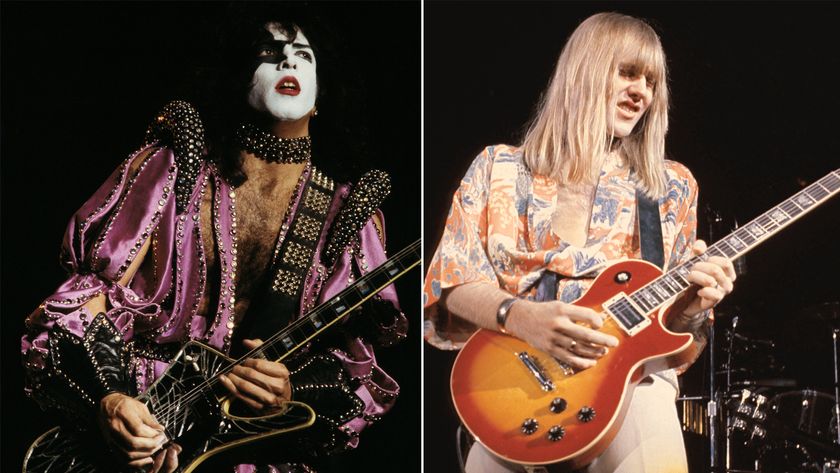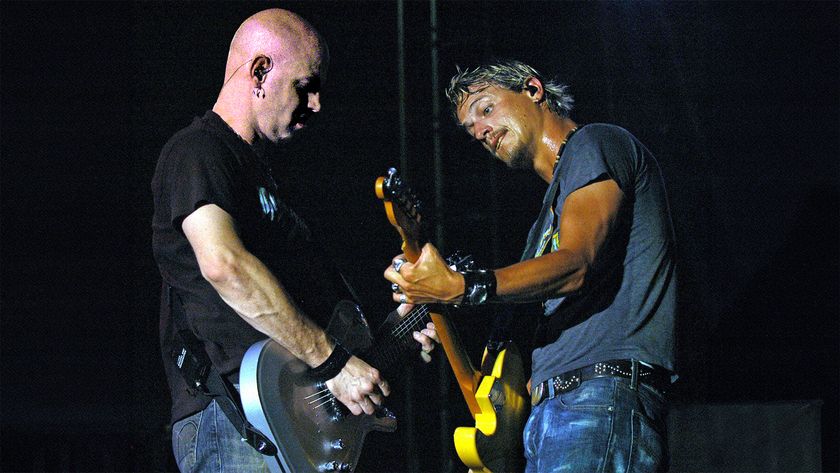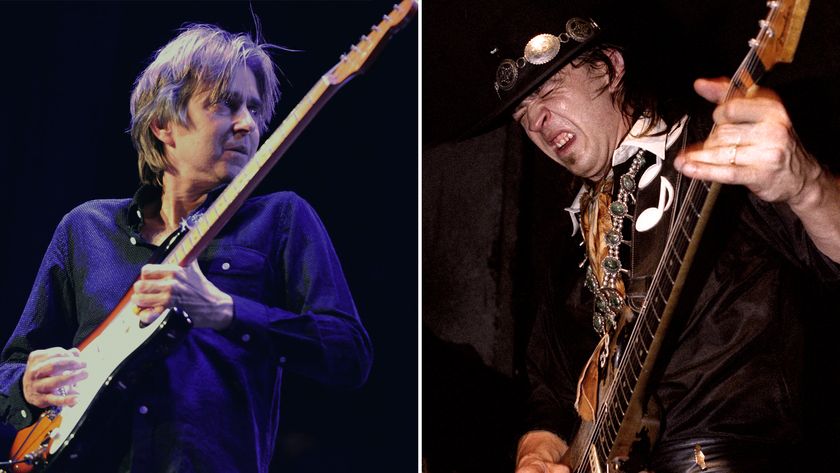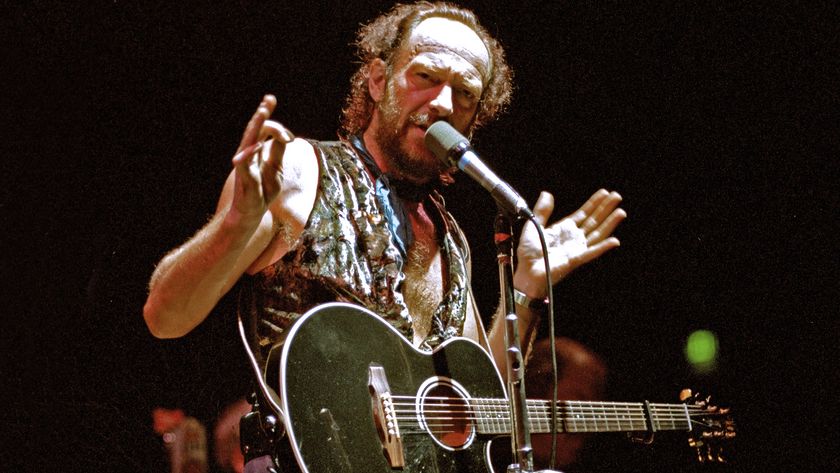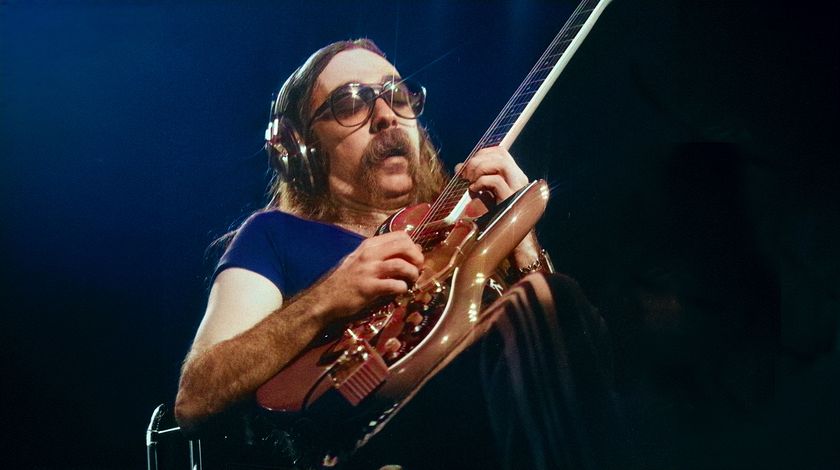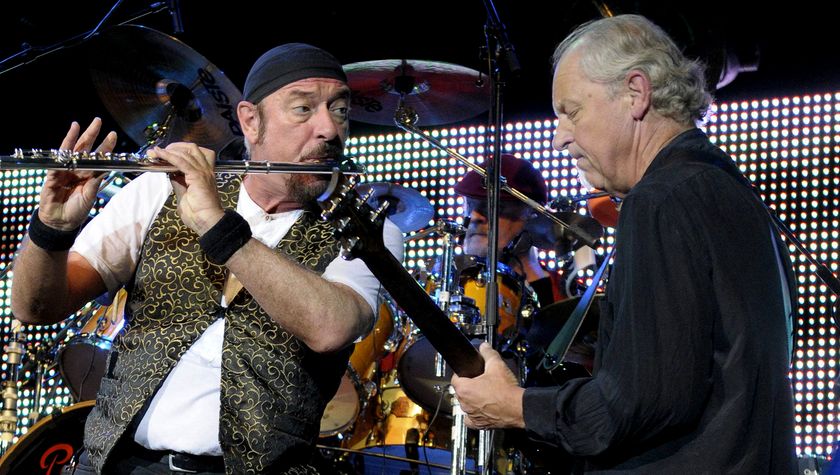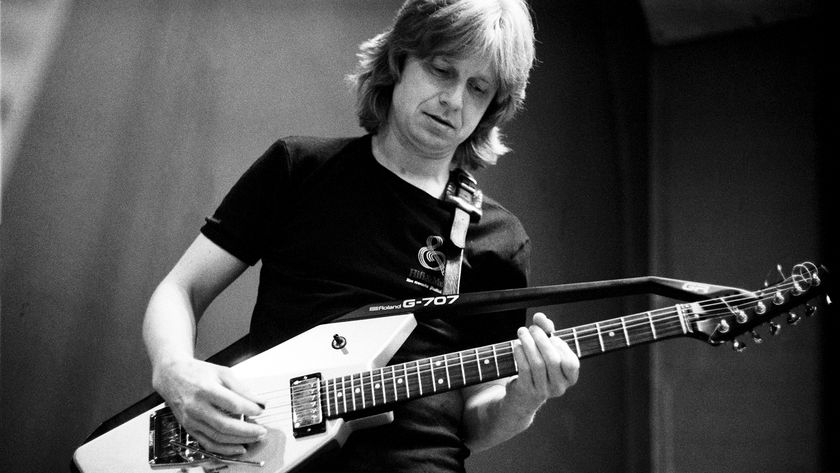Three Chords, the Truth and Some Marker Pens: Watch Bob Dylan’s Groundbreaking “Subterranean Homesick Blues” Music Video
Inspired by beat poetry and the blues this hit single marked a turning point for the young singer-songwriter.
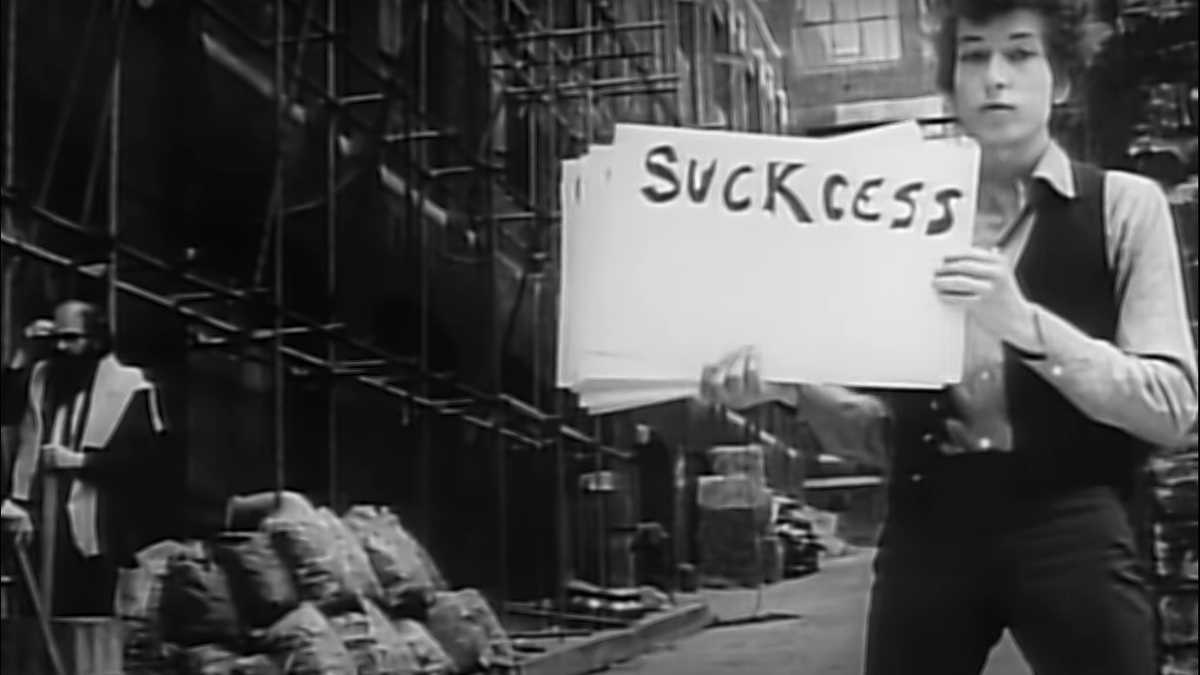
On this day, in 1965, Bob Dylan released his first top 40 Billboard Hot 100 single, “Subterranean Homesick Blues.”
Clocking in at just two minutes and 20 seconds, this lively song may be punchy but it is jam-packed with profound rhymes reflecting mid-’60s counterculture that many have likened to a prototypical rap style.
But Dylan was influenced by beat poetry of another kind.
As a student in the late ‘50s, it was the literary works of Beat Generation writers – notably Jack Kerouac and Allen Ginsberg – that captured the young musician’s imagination. Indeed, the song’s title is partly inspired by Kerouac’s ’58 novella The Subterraneans, while Dylan's fast-paced lyrical stream is indicative of the late author’s Benzedrine-fueled writing style.
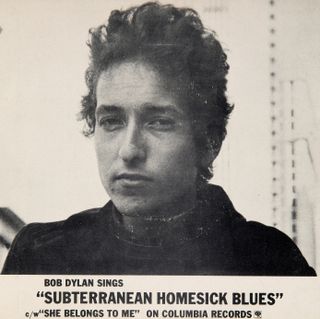
Harlan Howard (1927-2002) once described country music as “three chords and the truth,” and the same thing could be said for “Subterranean Homesick Blues.”
If you want to play along, this simple I-IV-V strummer is all cowboy chords (E/Em, A7 and B7) pitched up using a capo on the fifth fret.
These standard blues chords, along with the song's title, show Dylan’s increasing tendency at the time towards incorporating elements of rock ‘n’ roll in his music.
“It’s from Chuck Berry, a bit of ‘Too Much Monkey Business',” Dylan told the Los Angeles Times in 2004.
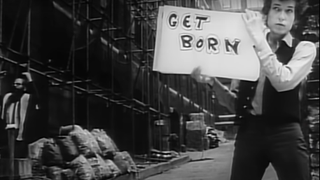
“Subterranean Homesick Blues” is the lead track from Dylan’s fifth studio album, Bringing It All Back Home. With electric guitars featuring heavily in the recording, this album signaled a change in direction away from his acoustic guitar-led songs of the early ‘60s.
Although the recording alienated some fans it was the first of Dylan’s LPs to break into the top 10. Since its release, “Subterranean Homesick Blues" has remained popular while being covered numerous times by artists as diverse as Mountain, Jim Weider and Red Hot Chili Peppers.
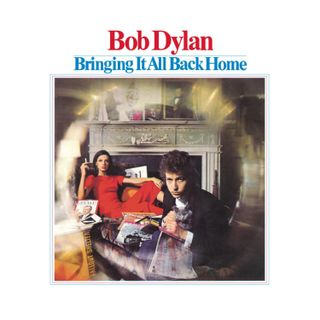
Considered a progenitor of music videos, this clip accompanying the song first appeared in the 1965 English tour documentary, Don’t Look Back.
The one-shot film features legendary beat poet Allen Ginsberg and musician Bob Neuwirthand conversing in the background. They, along with Donovan, wrote the lyric cards Dylan flips through as the song progresses.
Browse Bob Dylan's catalog here.
Get The Pick Newsletter
All the latest guitar news, interviews, lessons, reviews, deals and more, direct to your inbox!
Rod Brakes is a music journalist with an expertise in guitars. Having spent many years at the coalface as a guitar dealer and tech, Rod's more recent work as a writer covering artists, industry pros and gear includes contributions for leading publications and websites such as Guitarist, Total Guitar, Guitar World, Guitar Player and MusicRadar in addition to specialist music books, blogs and social media. He is also a lifelong musician.





